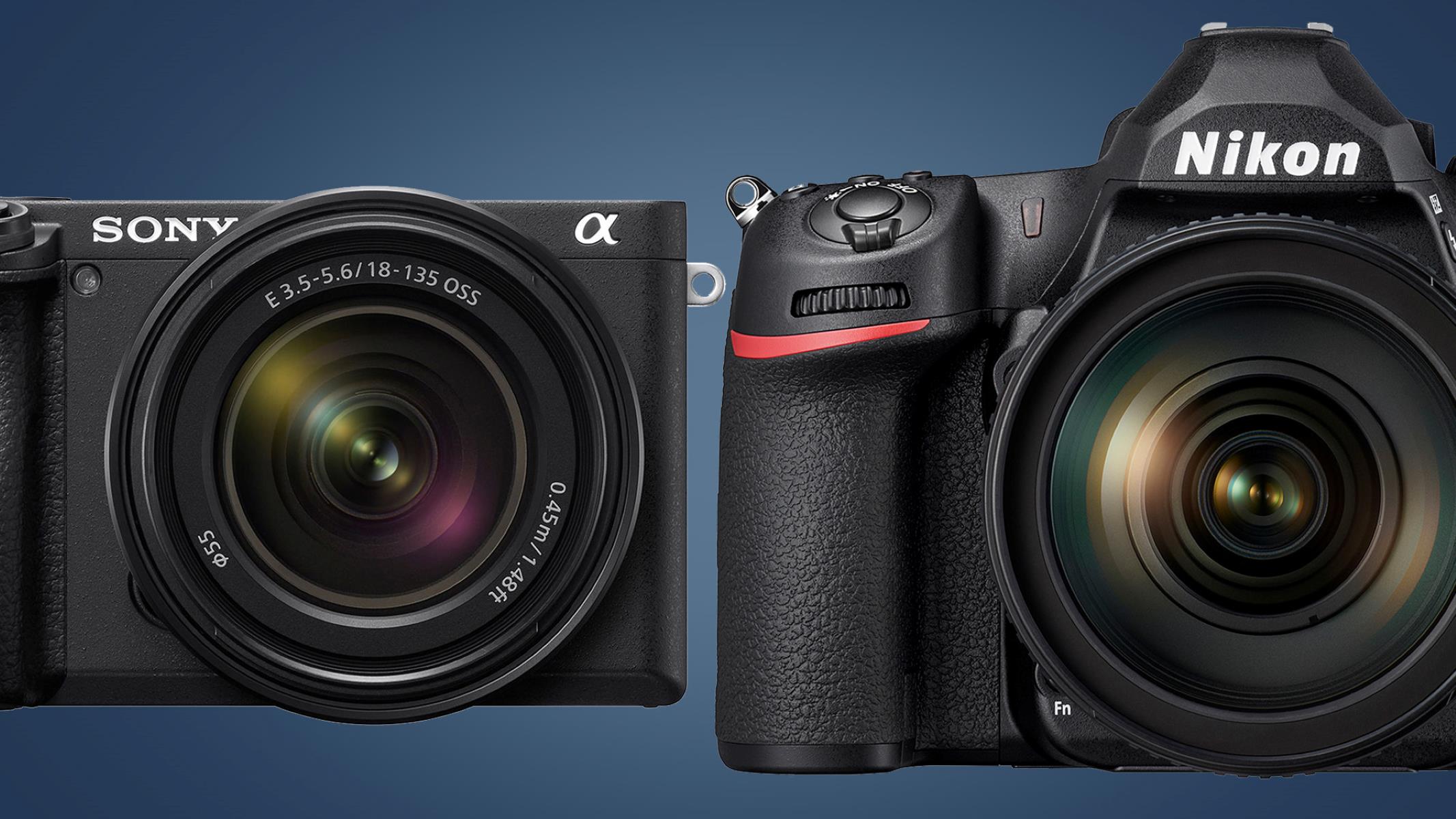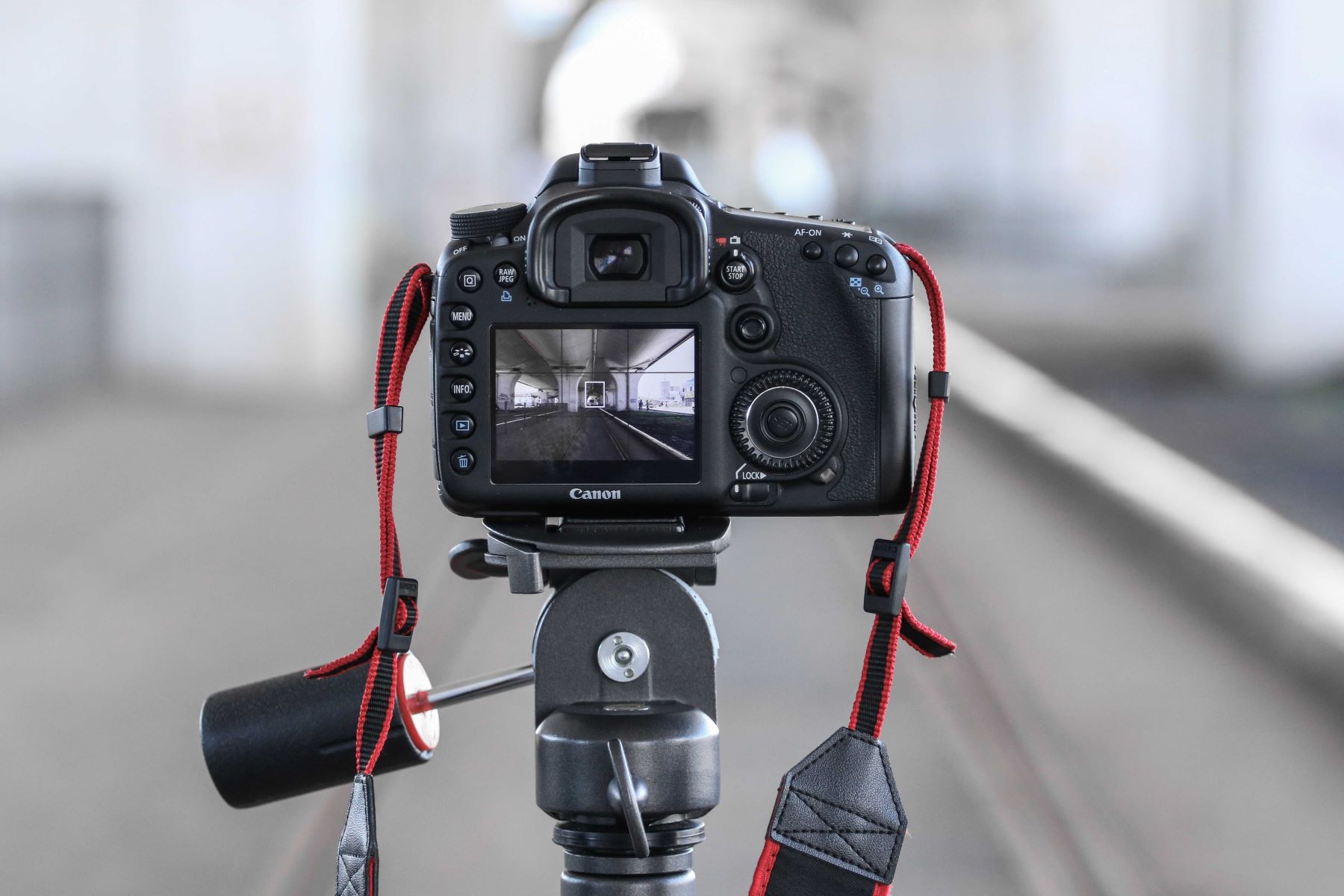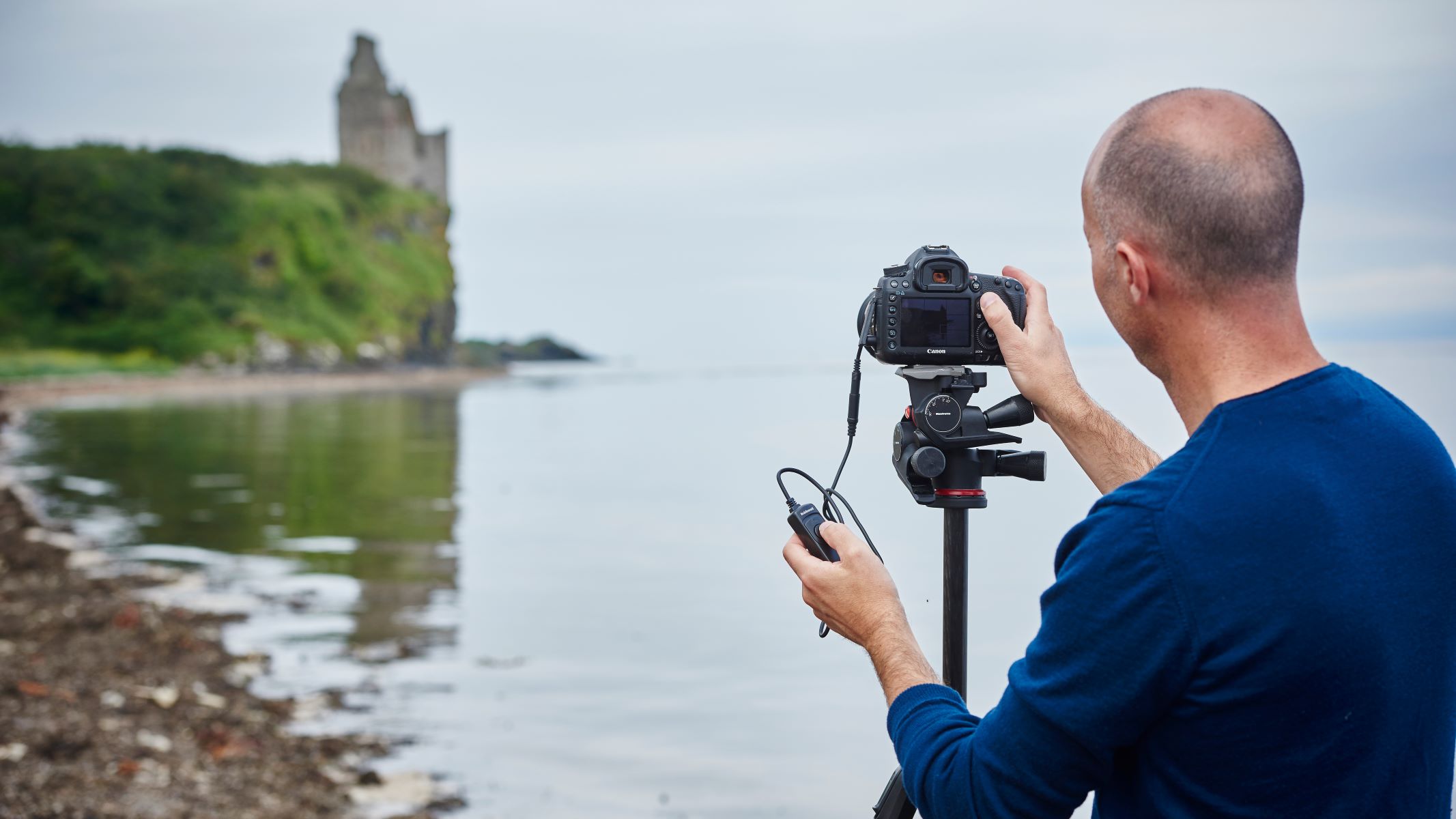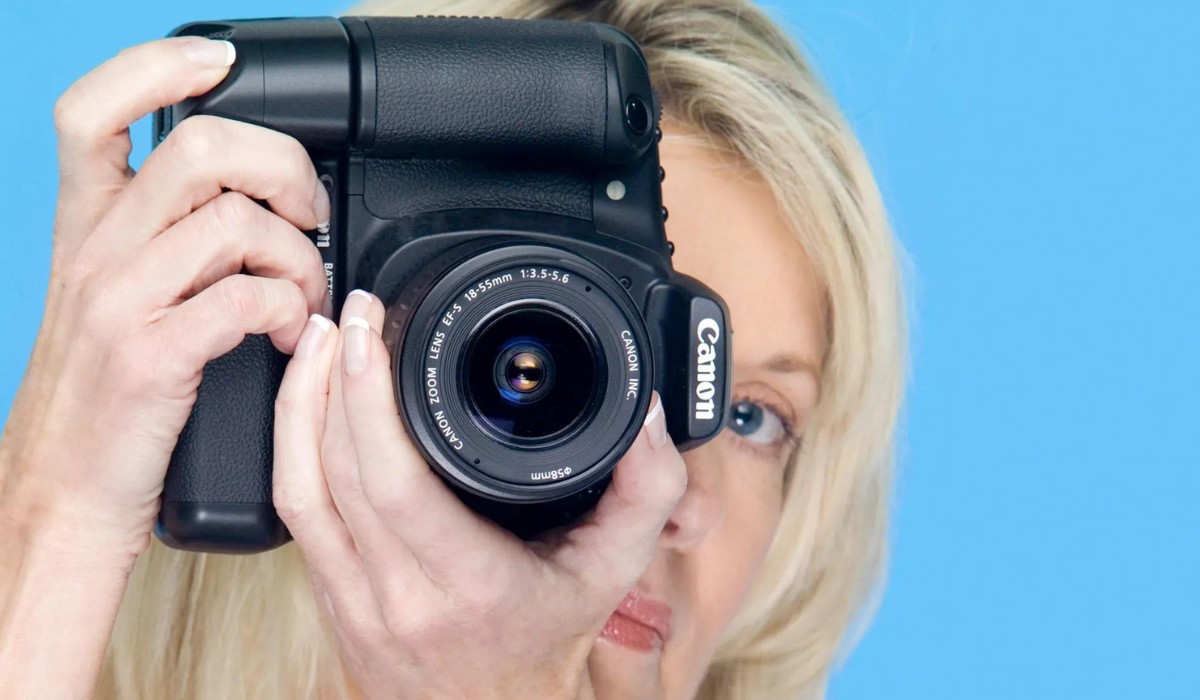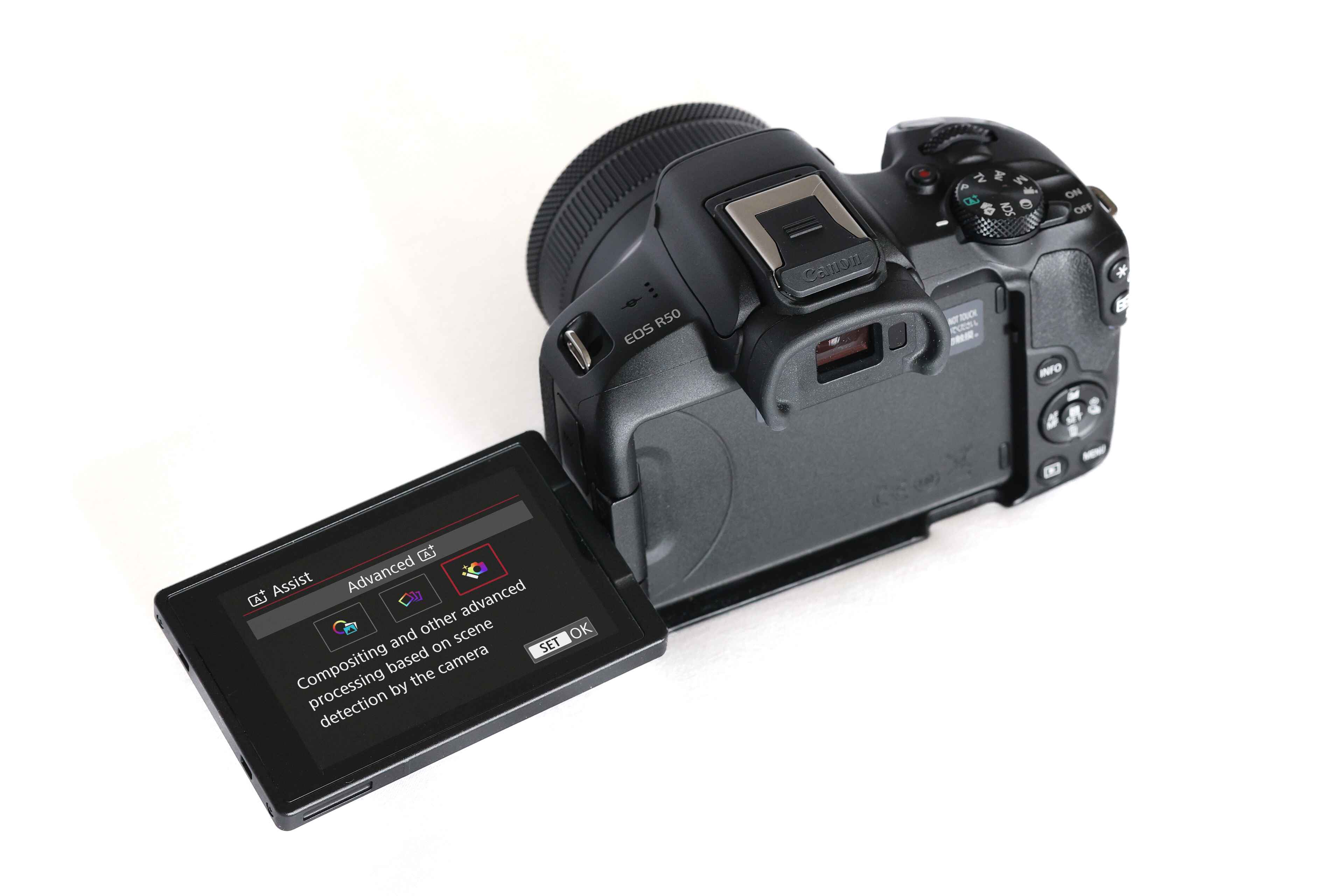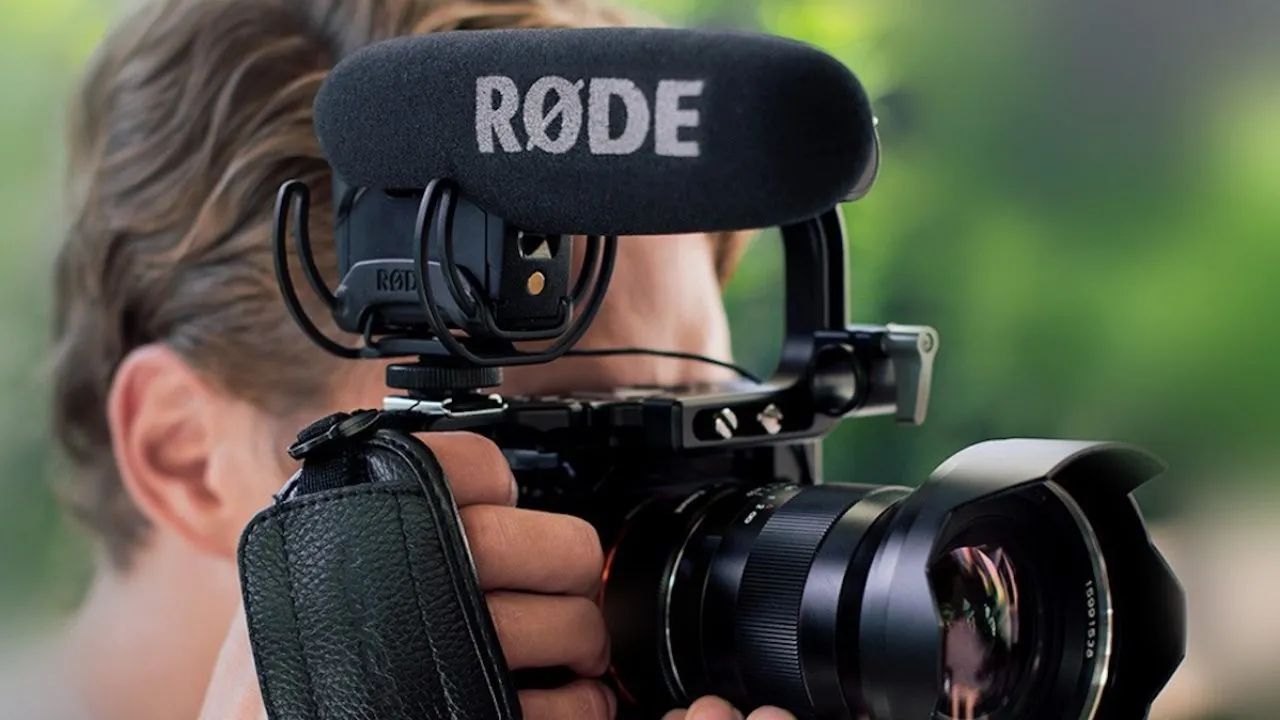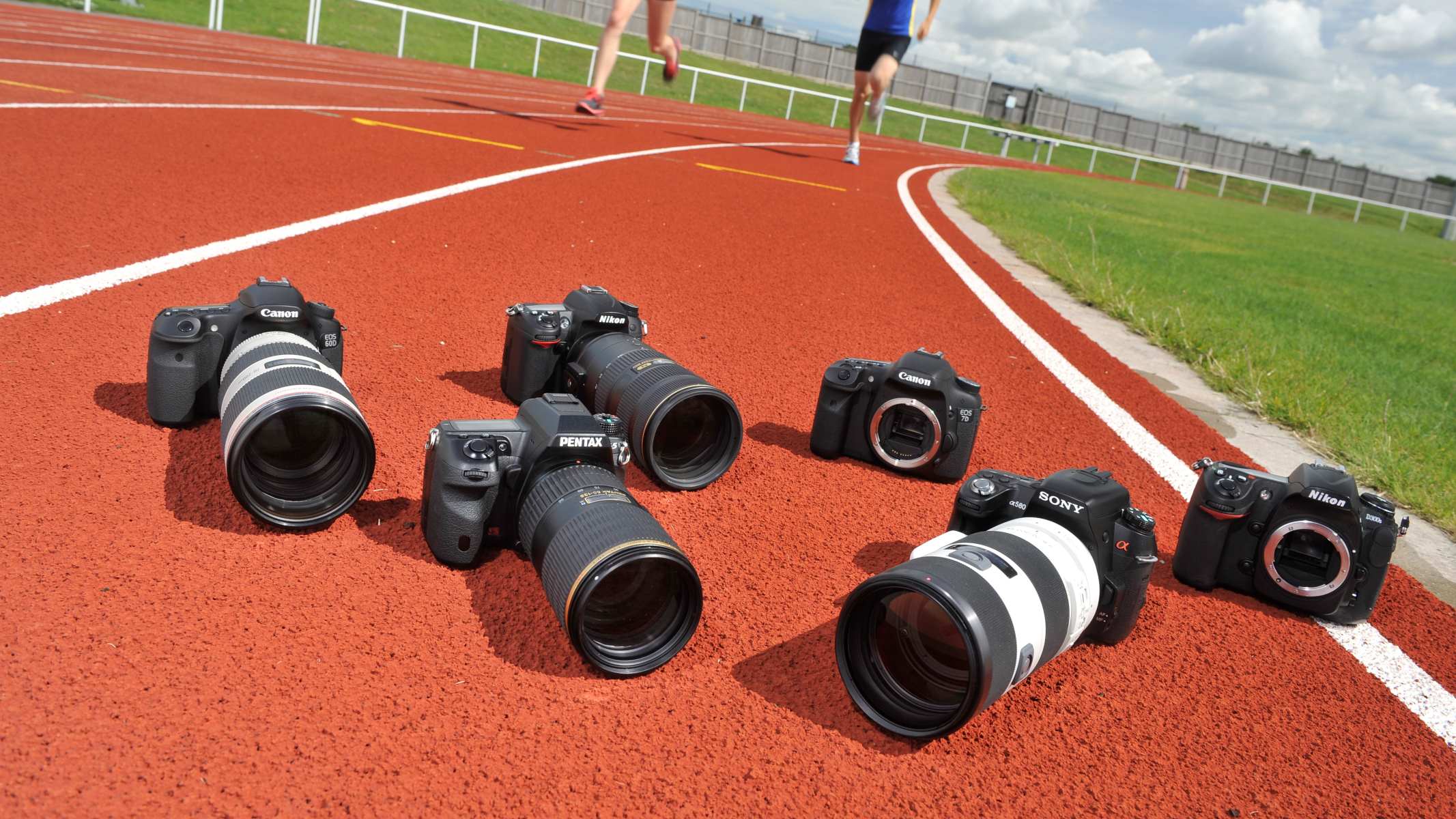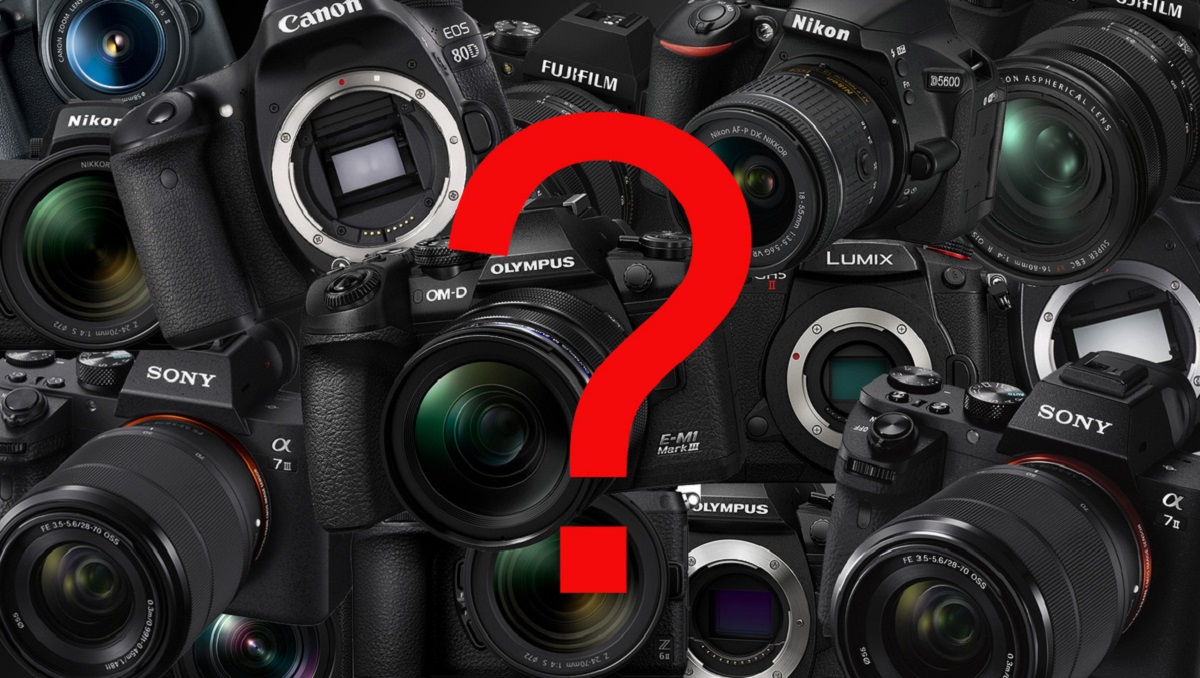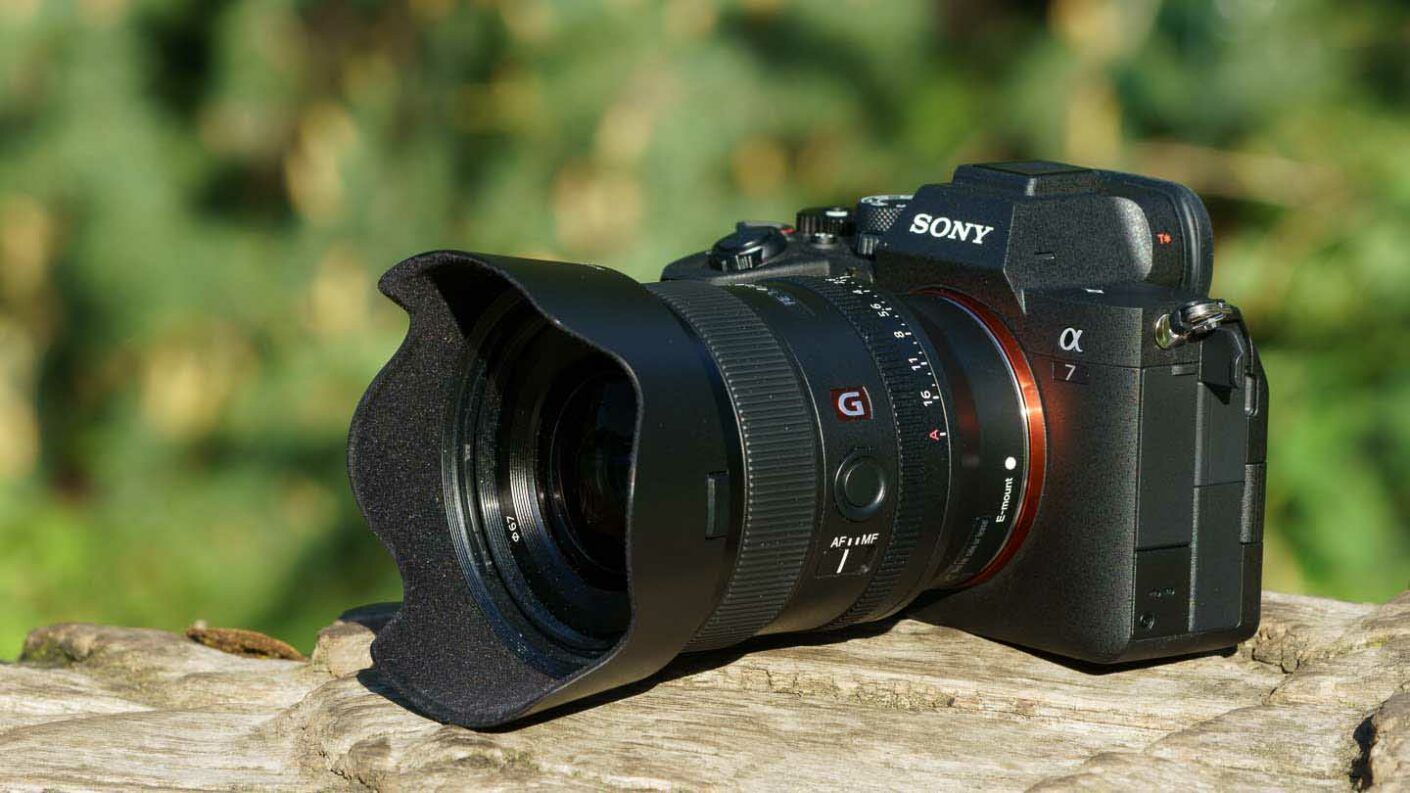Introduction
When it comes to capturing life’s precious moments, the choice of camera can significantly impact the outcome. Understanding the differences between a DSLR (Digital Single-Lens Reflex) camera and a point-and-shoot camera is essential for making an informed decision. Both types of cameras have their unique features and are designed to cater to different needs and preferences. By delving into the distinctions between these two popular camera types, individuals can make a well-informed choice based on their specific requirements and photography goals.
Whether you’re a professional photographer, an enthusiastic hobbyist, or a casual shooter, the decision between a DSLR and a point-and-shoot camera hinges on various factors, including size and portability, image quality, manual controls, lens options, and price. Each of these aspects plays a crucial role in determining which type of camera best suits your needs and preferences. Let’s explore these factors in detail to gain a comprehensive understanding of the differences between DSLR and point-and-shoot cameras.
Size and Portability
One of the most apparent distinctions between a DSLR camera and a point-and-shoot camera lies in their size and portability. DSLR cameras are typically larger and heavier than point-and-shoot cameras due to their advanced internal components and interchangeable lens systems. The bulkier nature of DSLRs is attributed to the mirror and prism mechanisms inside the camera body, which are integral to the reflexive nature of these devices.
On the other hand, point-and-shoot cameras are designed to be compact and lightweight, making them highly portable and convenient for everyday use. Their all-in-one design, with a fixed lens and a smaller image sensor, allows for a more streamlined and pocket-friendly form factor. This compact size makes point-and-shoot cameras the preferred choice for individuals seeking a hassle-free, on-the-go photography experience without the need for additional lenses or accessories.
For travel enthusiasts, casual photographers, and those who prioritize portability, the compact nature of point-and-shoot cameras offers unparalleled convenience. Conversely, professional photographers and photography enthusiasts who prioritize versatility and advanced features may find the larger size of DSLR cameras to be a worthwhile tradeoff for the enhanced capabilities they provide.
Image Quality
When it comes to image quality, the disparity between DSLR and point-and-shoot cameras is significant. DSLR cameras are equipped with larger image sensors, which contribute to superior image quality, especially in low-light conditions. The larger sensor size allows for better light sensitivity and greater dynamic range, resulting in sharper details, reduced noise, and enhanced clarity in photographs.
Additionally, the ability to use interchangeable lenses with varying focal lengths and apertures empowers DSLR users to achieve a wide range of creative effects and capture stunning, high-resolution images with exceptional depth of field. This flexibility in lens selection and the superior sensor technology make DSLR cameras the preferred choice for professional photographers, photography enthusiasts, and individuals who prioritize uncompromising image quality.
On the other hand, point-and-shoot cameras, while offering convenience and ease of use, generally have smaller image sensors, which can limit their performance in challenging lighting conditions and impact overall image quality. However, advancements in point-and-shoot camera technology have led to improved image sensors and image processing capabilities, resulting in commendable image quality for everyday photography needs.
For casual photographers, social media enthusiasts, and individuals seeking a hassle-free shooting experience, the image quality produced by modern point-and-shoot cameras is often more than sufficient for sharing moments with friends and family. However, for those who demand uncompromising image quality and the ability to capture professional-grade photographs, the superior image sensors and lens options of DSLR cameras remain unparalleled.
Manual Controls
Another differentiating factor between DSLR and point-and-shoot cameras is the level of manual control they offer to photographers. DSLR cameras are renowned for their extensive manual controls, providing photographers with the ability to fine-tune settings such as aperture, shutter speed, ISO, white balance, and focus. This level of control allows for precise adjustments, making DSLRs the go-to choice for professionals and photography enthusiasts who prioritize creative freedom and technical precision in their craft.
Conversely, point-and-shoot cameras are designed with simplicity and ease of use in mind, often featuring automatic modes that handle most settings without requiring user intervention. While some advanced point-and-shoot models offer manual controls to a certain extent, they typically do not match the breadth and depth of manual adjustments available in DSLR cameras. This streamlined approach to controls makes point-and-shoot cameras ideal for individuals who prefer a more straightforward shooting experience without the need to delve into intricate settings.
For beginners and casual photographers, the intuitive interface and automatic modes of point-and-shoot cameras provide a user-friendly entry point into photography, allowing them to focus on composition and creativity without being overwhelmed by technical adjustments. In contrast, the extensive manual controls of DSLR cameras cater to those who are passionate about mastering the art and science of photography, enabling them to unleash their full creative potential and capture images with precise control over every aspect of the shot.
Lens Options
One of the most significant advantages of DSLR cameras is the extensive range of interchangeable lenses available to photographers. This versatility enables photographers to select lenses tailored to specific shooting scenarios, such as wide-angle lenses for landscapes, telephoto lenses for wildlife photography, macro lenses for close-up shots, and prime lenses for low-light conditions. The ability to swap lenses empowers photographers to adapt to diverse environments and subjects, unleashing their creativity and capturing images with varying perspectives and visual impact.
Conversely, point-and-shoot cameras typically feature a fixed lens, offering limited flexibility in terms of focal length and creative control. While some advanced compact cameras may incorporate a zoom lens with a wide focal range, they cannot match the sheer diversity and optical quality provided by the array of interchangeable lenses compatible with DSLR cameras.
The availability of specialized lenses, such as tilt-shift, fisheye, and super-telephoto lenses, further amplifies the creative potential of DSLR users, allowing them to explore unconventional angles and achieve unique visual effects that are beyond the scope of most point-and-shoot cameras. This breadth of lens options positions DSLR cameras as the preferred choice for photographers who demand versatility, optical excellence, and the freedom to tailor their gear to specific photographic needs.
While point-and-shoot cameras offer convenience and simplicity through their fixed lens design, the inherent limitations in lens options may restrict the creative expression and adaptability of photographers seeking to explore a diverse range of shooting styles and subjects. As such, the availability of a comprehensive lens ecosystem remains a compelling factor for those considering the leap into DSLR photography.
Price
Price plays a pivotal role in the decision-making process when choosing between a DSLR camera and a point-and-shoot camera. DSLR cameras, renowned for their advanced features and superior image quality, often come with a higher price tag compared to point-and-shoot cameras. The intricate internal mechanisms, larger image sensors, robust build quality, and compatibility with a wide range of interchangeable lenses contribute to the higher production costs and subsequently, the retail price of DSLR cameras.
While the initial investment in a DSLR camera may be substantial, it is essential to consider the long-term value and versatility it offers. The ability to upgrade lenses, accessories, and camera bodies over time allows photographers to build a comprehensive and adaptable photography kit, catering to evolving skill levels and diverse shooting scenarios. This scalability and potential for customization make DSLR cameras a compelling choice for individuals committed to honing their craft and achieving professional-grade results.
On the other hand, point-and-shoot cameras are often more budget-friendly, making them an accessible entry point for beginners and casual photographers. The compact, all-in-one design and simplified functionality contribute to the affordability of point-and-shoot cameras, offering a cost-effective solution for capturing everyday moments without breaking the bank.
For individuals seeking a straightforward and economical option for casual photography, point-and-shoot cameras present an attractive choice. However, it is important to weigh the trade-offs in image quality, manual control, and long-term scalability when considering the initial price disparity between point-and-shoot cameras and their DSLR counterparts.
Conclusion
When deliberating between a DSLR camera and a point-and-shoot camera, it is crucial to consider the distinct characteristics and functionalities of each type. The choice ultimately hinges on individual preferences, photography goals, and the intended usage scenarios.
For those who prioritize portability and simplicity, point-and-shoot cameras offer a compact, user-friendly solution for everyday photography needs. Their affordability and convenience make them an accessible entry point for beginners and casual photographers, providing a hassle-free shooting experience without the need for additional lenses or complex settings.
Conversely, DSLR cameras cater to photography enthusiasts, professionals, and individuals seeking unparalleled image quality, creative control, and long-term scalability. The extensive range of interchangeable lenses, superior image sensors, and advanced manual controls empower users to delve into the art and technicalities of photography, capturing breathtaking images with precision and artistic flair.
Ultimately, the decision between a DSLR camera and a point-and-shoot camera boils down to a balance of factors, including image quality, manual controls, lens options, portability, and price. By carefully evaluating these considerations in alignment with personal preferences and photography aspirations, individuals can make an informed choice that aligns with their creative vision and practical needs.







